Development and research of sealing structure of calcium carbide packaging barrel
Yang Wenliang Xin Qiaojuan
[Abstract] introduced the special chemical materials - calcium carbide packaging structure and container design improvement. Firstly, the advantages and disadvantages of the sealed and unsealed packaging drums are analyzed. The structure and performance of the pressure reducing valve packaging drum and the nitrogen-filled sealing type calcium carbide packaging drum are also introduced. Finally, the new nitrogen filling sealing structure packaging barrel is proposed. Well solved the packaging of calcium carbide.
Keywords: packaging container packaging structure improvement calcium carbide
1 Introduction
In China, calcium carbide, as a chemical raw material, has a wide range of applications in various industries, and its development is also quite fast. However, as a package for calcium carbide storage and transportation, calcium carbide packaging steel drums has experienced a very rough development process, which has not been perfected so far. Many people in the packaging industry have worked hard for it, and have come out of a road full of thorns, and now they have gradually seen the light.
2, pure closed type calcium carbide barrel structure
The earliest appearance of the calcium carbide packaging barrel is a pure closed structure, as shown in Figure 1, it is mainly composed of the barrel body, the bottom of the barrel, the top of the barrel, the lid of the bucket, the washer and the bolt and nut. The barrel body and the bottom of the barrel and the top sealing mouth are five-layer rectangular curling. The size of the barrel mouth is generally about 200mm, the volume is generally lOO liter, the material thickness is 1.2mm, and the nut is pre-welded on the top of the barrel. After the block of calcium carbide is placed in the barrel, the barrel mouth is sealed with rubber gaskets, bucket lids and bolts and nuts, and then stored and transported.
Due to the special chemical properties of calcium carbide (calcium carbide), it will react with water and air to form acetylene gas (C2H2), commonly known as calcium carbide gas. The phenomenon that calcium carbide reacts with the moisture in the air and is consumed and pulverized is called weathering of calcium carbide. The weathering of calcium carbide is carried out at any time. Although the pure closed type calcium carbide barrel is closed, it is inevitable that air and moisture will remain in the barrel during the loading. Sometimes when the barrel opening is not tight, or when the seam of the seam is leaky, water and air often sneak into the barrel. Inside, react with calcium carbide to produce a large amount of acetylene gas. When the gas in the barrel accumulates more, the internal pressure is also getting larger. This was caused by the frequent occurrence of a calcium carbide barrel explosion in storage and transportation. Because acetylene is a flammable gas, the explosion of calcium carbide barrels is often accompanied by fires, causing great harm to people's lives and property. In order to prevent the weathering of calcium carbide and close the steel drum, it caused even greater losses.
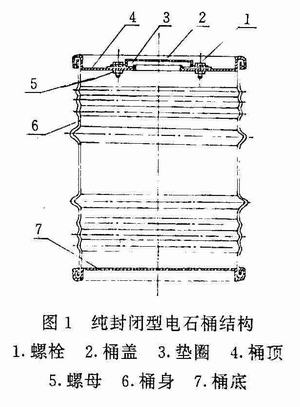
3. Non-closed calcium carbide barrel structure
In order to solve the problem that the purely closed calcium carbide barrel often causes the explosion caused by the weathering of calcium carbide, some people simply proposed that it is not sealed. In the center of the lid of the container as shown in Fig. 1, a small hole having a diameter of about 3 to 5 mm is used for discharging the acetylene gas generated after the weathering of the calcium carbide, as shown in Fig. 2. As a result of this, the explosion accident of the calcium carbide barrel did not happen anymore, but it was followed by a large loss of weathering of calcium carbide and the pollution of the atmospheric environment caused by the discharge of B. Some calcium carbide packaging is shipped from the factory, and the storage time is long. Due to the long-term weathering, when the destination arrives, the calcium carbide is almost empty, causing considerable waste, and the acetylene gas generated and discharged at any time is continuously discharged. The human living space has caused serious pollution. Today, when the global environmental protection calls are getting higher and higher, this phenomenon is absolutely not allowed.

4, pressure reducing valve calcium carbide barrel structure
In order to solve the problem of accidents caused by pure closed-type calcium carbide barrels and the weathering loss and environmental pollution of non-closed calcium carbide barrels, a decompressed wide calcium carbide barrel structure has been designed, which has been widely used in China. This solution is to install a special one-way decompression wide in the center of the lid of Figure 1, as shown in Figure 3. When the calcium carbide in the barrel is weathered, the internal pressure is getting higher and higher. When the pressure is high to a certain setting value, the gas is lifted up from the A hole upwards, the one-way pressure reducing valve is opened, and the excess gas is discharged from the B hole. Drop, maintain the lower pressure inside the barrel that does not cause an explosion; when the pressure inside the barrel is low, the spring presses the washer, closes the A hole, and the pressure reducing valve closes. Since the one-way relief valve can only be opened outward, the outside air and moisture cannot be immersed. Such a structure not only makes the pressure in the barrel not rise to the internal pressure of the pure closed type calcium carbide barrel, but also makes the inside of the barrel relatively isolated from the outside, the weathering is greatly reduced, and the environmental pollution is also reduced.
Since domestic calcium carbide barrels are often used for turnover, one barrel can be rotated four or five times. During the turnover process, the pressure relief valve is often damaged or lost, and the barrel sealing condition is often destroyed. Therefore, the barrel is the first time. It is ideal when used, but it will inevitably cause problems in future use.
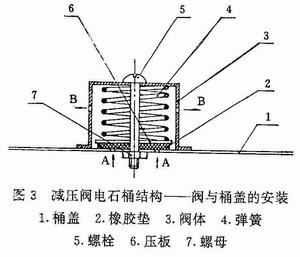
5, the vacuum closed type calcium carbide barrel structure
In recent years, there have been single-use calcium carbide barrels in the world, using the top of the barrel and the lid of the barrel lid as shown in Fig. 4. After the steel drum is loaded with the calcium carbide, the top of the barrel and the lid of the barrel are wound once. The seal is very good and can only be opened when the bucket lid is used. In addition, in order to prevent the calcium carbide in the barrel from being weathered, a small hole is opened in the center of the barrel cover for vacuuming, and after the air in the barrel is evacuated, the small hole is closed by bolts and washers. In this way, not only the insecurity caused by the use of steel drums in circulation, but also the chance of weathering the calcium carbide in the barrel is greatly reduced.
This type of structure is often used for the packaging of marine export calcium carbide, which is limited by the high cost. In order to reduce costs, disposable calcium carbide drums are made of O.8mm steel sheets. Even so, sometimes the leakage caused by the quality of the steel drum or the collision, the negative pressure of the vacuum inside the barrel makes the outside air more likely to sneak into the air, and the phenomenon that the steel drum is weathered and the steel barrel is blasted and blasted sometimes occurs. The structure has gradually decreased in seaborne export transportation.

6. Nitrogen-filled and sealed type calcium carbide barrel structure
In order to completely solve the problem of carbide weathering caused by steel leakage, relevant experts have developed a nitrogen-filled seal type structure as shown in Fig. 5. This structure was developed from a vacuum-sealed calcium carbide bucket with a roll-up, which changed the vacuum port on the lid to two symmetrical nitrogen-filled ports and exhaust ports on the top of the barrel. After the calcium carbide is put into the barrel, the barrel mouth is sealed, and then the nitrogen filling port is filled with inert nitrogen gas. After the nitrogen gas is charged, the air in the barrel is discharged from the air outlet. After filling, seal the two mouths. Thus, even if the steel drum leaks slightly, the outside air and moisture are not easily sneaked in, and even if sneaked in, it is not easily weathered due to the presence of an inert gas.
This structure has recently been widely used in exporting calcium carbide packaging and is the most ideal structure in practical applications. In many barrel mills, the barrel and the bottom and top of the drum have been modified from the original five-layer rectangular bead to a seven-layer circular bead (the crimping pattern is shown in Figure 6). The sealing performance of the steel drum is greatly improved.
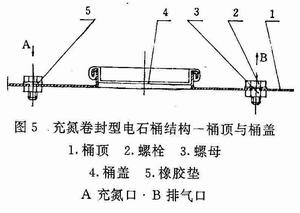
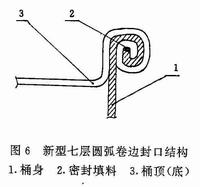
7. Design of new nitrogen-filled sealing structure
In the application, the author found that the nitrogen-filled structure shown in Figure 5 is still incomplete, the reason is the difference in the specific gravity of air and nitrogen. As shown in Fig. 7, before the nitrogen gas is filled in the A hole, all the space except the calcium carbide block is filled with air, and when the nitrogen gas is charged, the air is discharged from the B hole. However, since nitrogen is lighter than air, the air in the lower part of the barrel cannot be extruded by nitrogen. On the contrary, nitrogen is directly discharged from the B hole from above, forming a phenomenon similar to current short circuit, which may be called "nitrogen filling." Short circuit." This phenomenon occurs even if the specific gravity of the two gases is the same, because the two holes are too close, and the gas in the lower part of the barrel is not exchanged when nitrogen is filled.
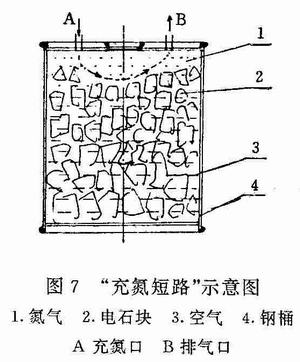
The "nitrogen-filled short circuit" not only makes the air in the barrel unclean, but the effect of nitrogen filling will be greatly reduced. Therefore, the structure currently used is still not perfect, and there is a big suspicion of "surface coping". Therefore, the phenomenon of calcium carbide weathering can not be completely eliminated. In order to solve the problem of "nitrogen short circuit", a new type of calcium carbide barrel nitrogen filling structure is designed. The basic structure is shown in Fig. 8. A small hole is opened in the lid of the barrel and the bottom of the barrel. When the nitrogen is filled, the hole of the barrel A is filled, and the air in the barrel is discharged from the bottom B of the barrel. Since the two holes A and B are located above and below the steel barrel, and the air is heavier than nitrogen, the air in the barrel is completely discharged, and the nitrogen gas occupies the gap in the entire steel barrel. Thereby the nitrogen filling effect is optimal.
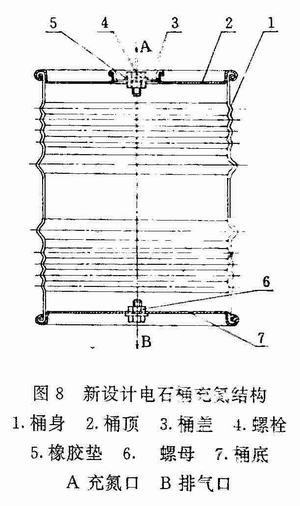
Development and Research of the Sealed Construction of Packaging Barrel for Calcium Carbide
Yang Wenliang ?Xin Qiaojuan
This paper introduces the improvement on the design of packaging construction for a kind of special chemical material-calcium carbide. First the good points and short comings of the sealing and non-sealing packaging barrels are analyzed. In additin, the construction and performance of the Packagings of pressure reducing valves and electric packaging barrels of nitrogen charging sealed-are also introduced finally the barrels of nitrogen charging sealed construction is put forward and the problem for calcium carbide is solved.
Keywords: Packaging container Packaging construction improvement Calcium carbide
Full information of our silicone ice cube trays
Features:
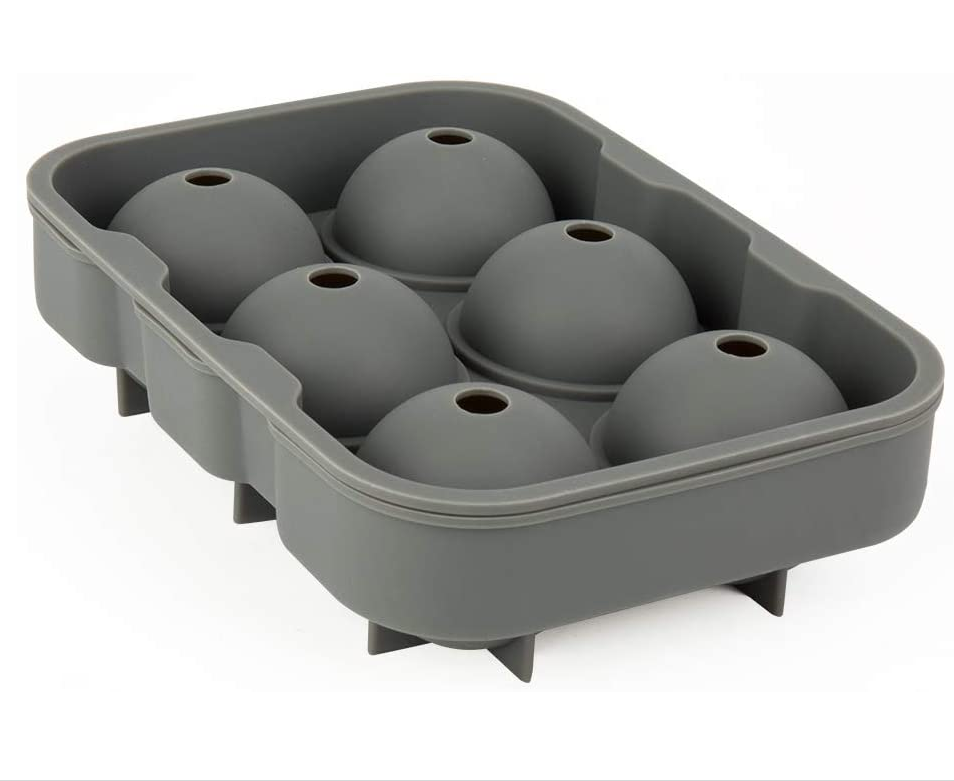
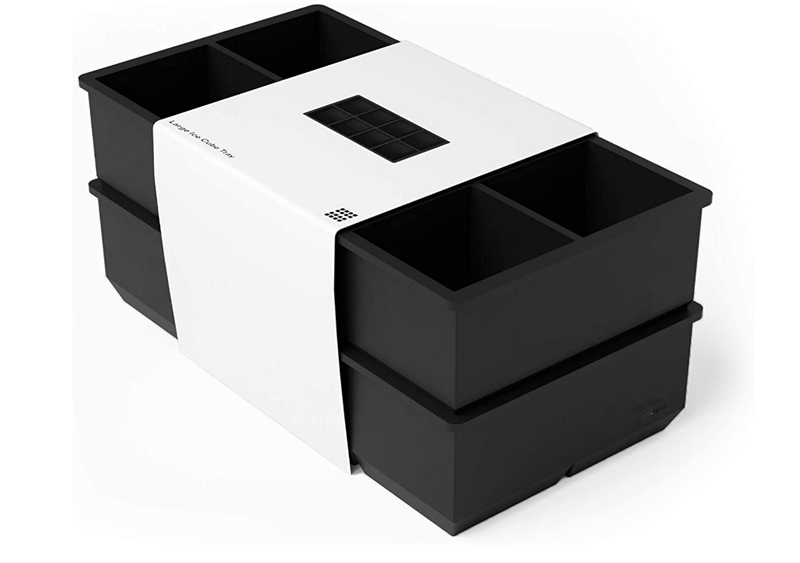
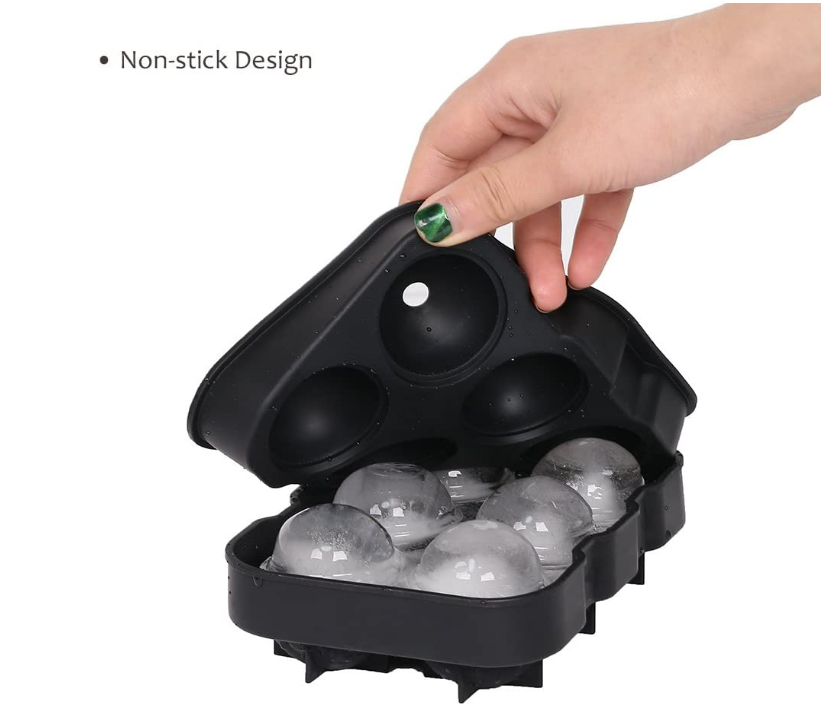
YDS Product categories of Silicone Household Supplies, we are specialized manufacturers from China, Silicone Cup Coaster , Silicone Placemat , Silicone Drinking Top , Silicone Gloves , Silicone Cake Mold ,Silicone Ice Cube Tray, Silicone Wine Cup , Silicone Identifier ,Silicone Bottle Stopper , Silicone Door Stopper , Silicone Soap Holder , Silicone Shoe Covers , Silicone Straw ,Silicone Foot Cover & Protector,Silicone Cigarette Holder Clip ... Our Factory Advantages:
1.Mold workshop and 2D and 3D engineer department
2.Solid siliccone compression machine and liquid silicone injection machine
3.Disney and Sedex 4P audit factory
4.ISO 9001,IATF16949,Raw material of FDA LFGB MSDS Certificates
2.Solid siliccone compression machine and liquid silicone injection machine
3.Disney and Sedex 4P audit factory
4.ISO 9001,IATF16949,Raw material of FDA LFGB MSDS Certificates
Look forward to your cooperation!
Silicone Ice Cube Tray,Bpa Free Ice Trays,Ice Cube Trays,Release Flexible Ice Cube Molds
Shenzhen Yindingsheng Technology Co., Ltd , https://www.ydsoemsilicone.com